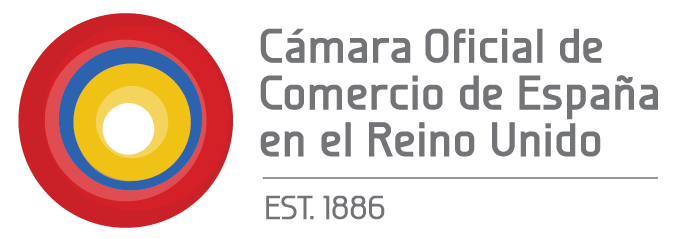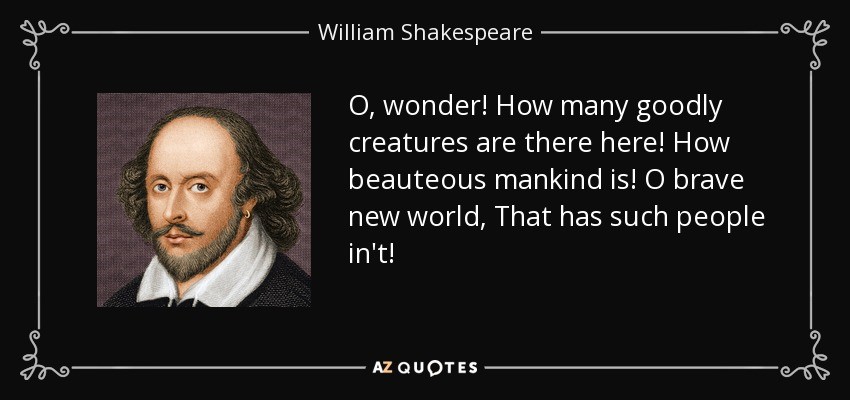BLOG POST WRITTEN BY QUALITY SPANISH TRANSLATIONS
This coming Saturday 23 April we celebrate both English Language Day and Spanish Language Day.
A relatively unknown initiative, the UN established Language Days in 2010, to celebrate multilingualism and cultural diversity as well as to promote equal use of the organisation’s six official languages.
The date 23 April was chosen as it marks the anniversary of the death of Miguel de Cervantes Saavedra, in Spain and coincidentally, the birth and death of William Shakespeare, in England.
These two giants of literature are apt symbols not just because of their traditional place in the canon but because of how they demonstrate the power of language in culture, politics and business. Their works continue to influence far beyond their lifetimes.
Since the golden days of the 1600s, Shakespeare’s works have been translated into more than 100 languages, including, of course, Spanish. His characters and phrases have become part of every-day culture and philosophy in multiple countries. Universities and even global corporations use Shakespeare’s dramas in their business courses and staff training sessions, to examine creativity, innovation, emotional intelligence, teamwork and ethics.
Cervantes’ infamous characters, Don Quixote and Sancho Panza are equally entrenched the western world’s understanding of culture and humanity, and the novel itself is said to have given rise to the modern Spanish language. Adaptations of Don Quixote feature in films, ballets, even manga comics, and the lessons he learned (or failed to learn) still help us understand the world around us, whether that’s tilting at windmills or questioning the rights and wrongs of chivalry.
Today, of course, the world is much changed from when Old Castilian was still spoken and modern English was emerging. The average lifespan then was only around thirty years and illiteracy is estimated to have been over 70% in men and 90% in women.
Spanish and English are now arguably the most influential languages in the world (with Chinese close behind). Although English is the most widely spoken language globally, Spanish has the most native-speakers, at 493 million.
One of the most influential tools for enabling multilingualism and cultural diversity is the internet. Spanish is now the third-most used language online, after English and Chinese. And one of the newest languages – emoji – now has over 260 Latino emojis, inspired by Spanish-speakers in Argentina, Colombia, Cuba, Mexico, Puerto Rico and Venezuela, with more apparently being developed from El Salvador, the Dominican Republic and Uruguay.
Language and identity go hand in hand, and it is well established that people feel more comfortable communicating in their native language. Cross-border communication and understanding therefore requires multilingualism and translations between languages and cultures. Why not take some time to learn something new about the English or Spanish language this Sat 23 April? Maybe start with a little Shakespeare, or perhaps a new emoji.
Quality Spanish Translations is a translation and language services company based in the UK. Click here to learn more about their services.






